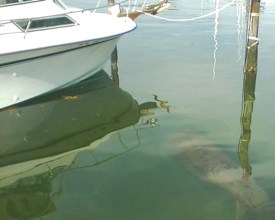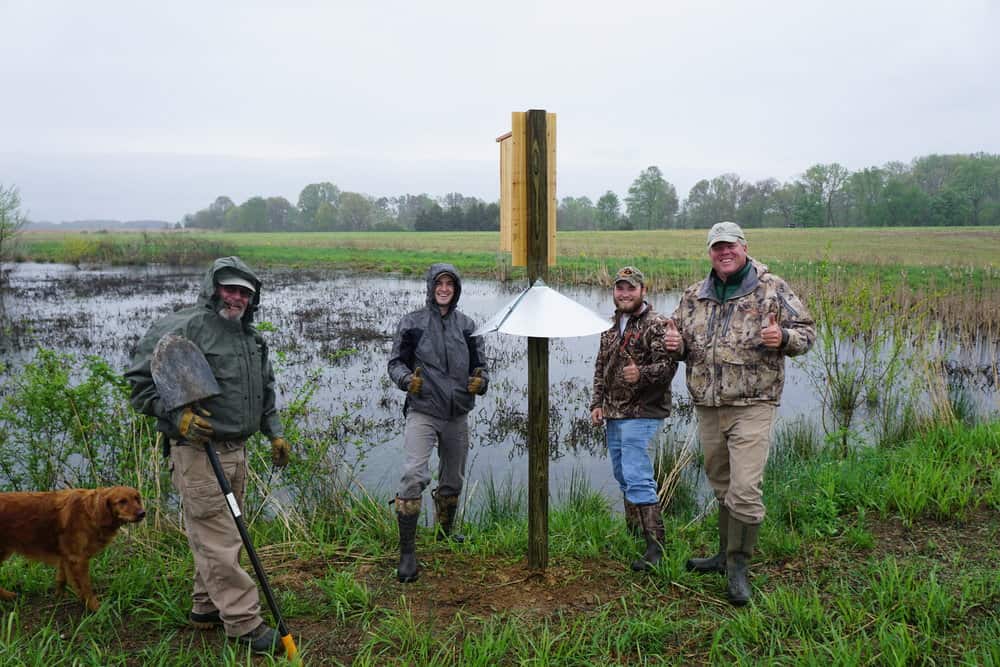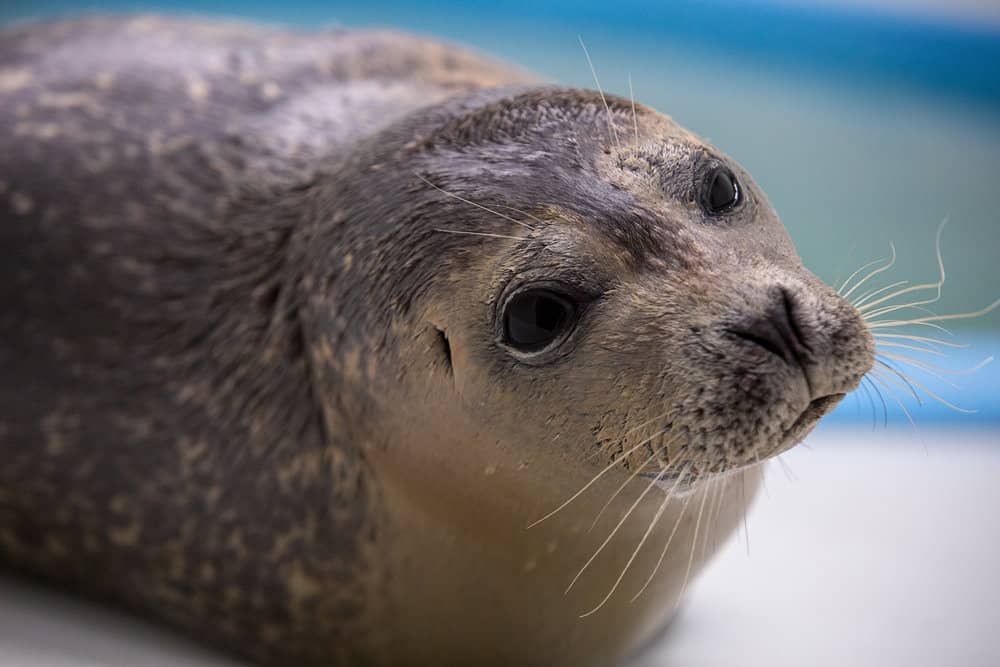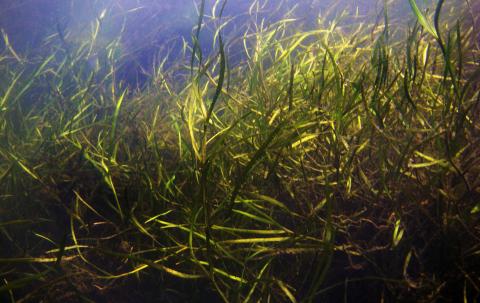When a manatee surfaces on the Chesapeake Bay, it’s a rarity. But for that manatee to surface right in the backyard of the Virginia Institute of Marine Science (VIMS), with Bay researchers looking on—now that’s really something!
Seagrass researcher Corey Holbert was looking into the water at the VIMS Boat Basin, located on Gloucester Point on the York River, when he couldn’t believe what he saw. He wondered if it might be a seal or a shark. It was a six to eight-foot-long manatee.
“It was fairly close to the top of the water and I could see that broad, flat tail and its distinctive face and snout. When I saw those features I knew it was a manatee,” Holbert tells VIMS.
He gathered his colleagues, VIMS Professor Robert JJ Orth, fellow seagrass researcher Paul Richardson, and Ph.D. student AJ Johnson, and they filmed the manatee for 20 minutes before it ponderously swam away from the Boat Basin, heading upriver.
Manatees like to eat seagrass, and the researchers speculate that maybe this one was feeding on the macroalgae growing in the area.
Manatees are usually found in Florida and the Caribbean, where temperatures stay above 68 degrees. November 1, the day Holbert spotted the marine mammal, it was 65 degrees in the York River.
The sighting was a rare treat for the researchers, but also a bit concerning. Manatees can suffer hypothermia in water below 60 degrees.
“Who knows where it will head or what will become of it?,” Holbert asks. “I’m definitely concerned, what with the water temperatures dropping. Hopefully it will make its way out [of the Bay] and head south, but there’s really no way of knowing.”
The same day, VIMS got reports of a manatee sighting in the Perrin River, about five miles downriver near Crown Pointe Marina. Researchers say it could be the same animal. Manatees can swim long distances at speeds up to five miles per hour, and may have been helped along by the tide.
The last sighting of a live manatee in the Chesapeake region was in July 2016, near Rudee Inlet. A dead manatee was also found in Maryland’s Patapsco River in November 2016. The manatee’s U.S. population is about 6,000 animals, with boat propellers being the leading cause of death.




